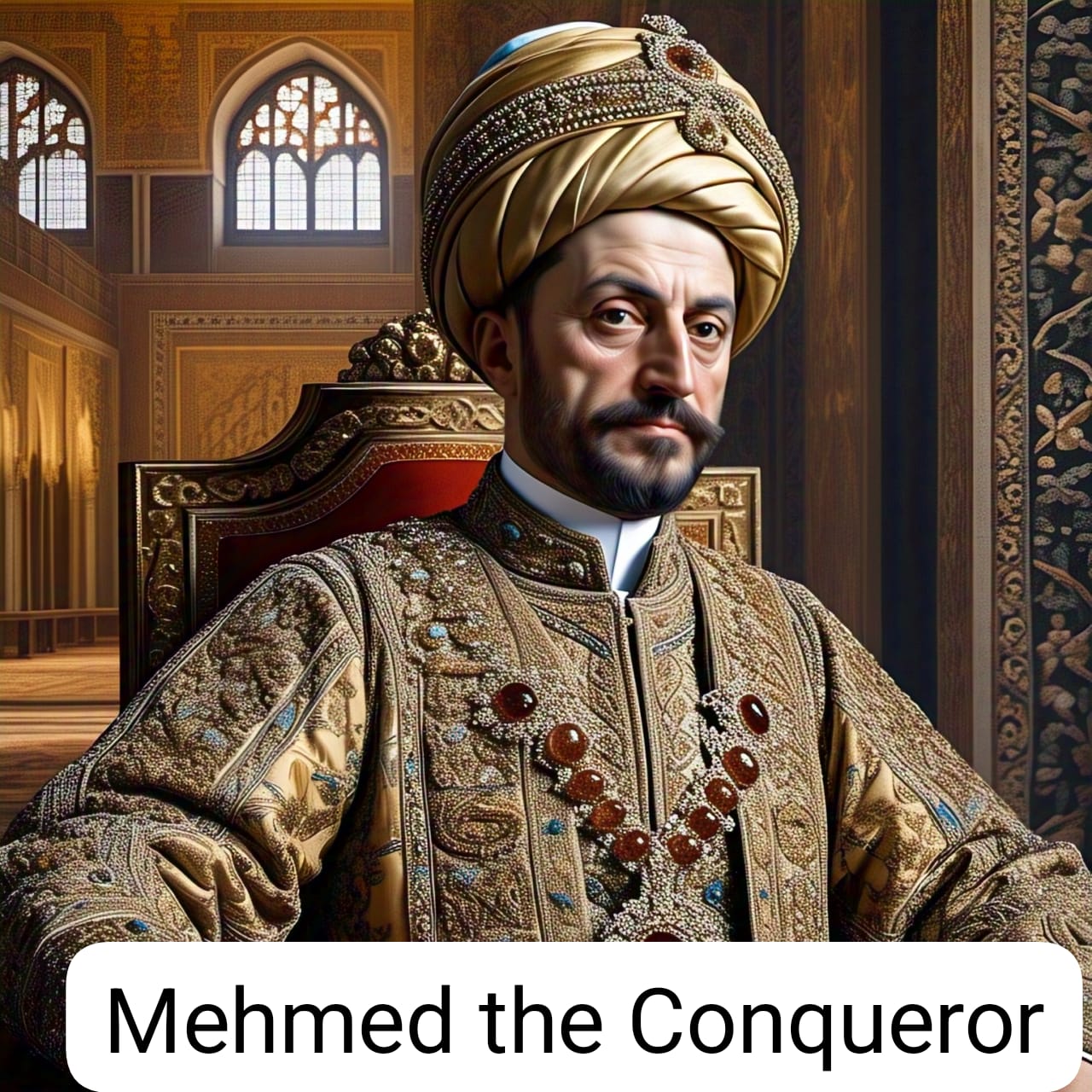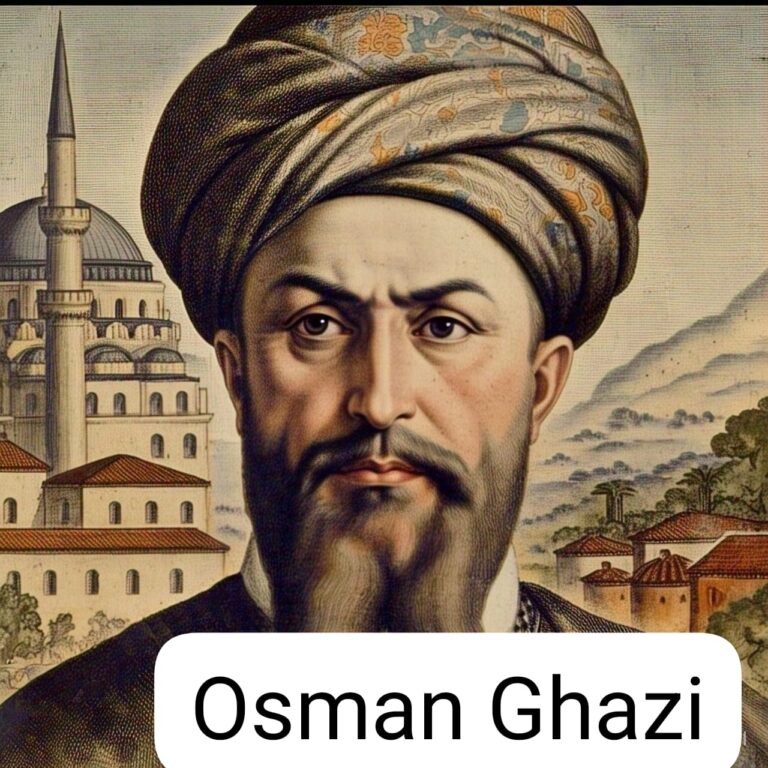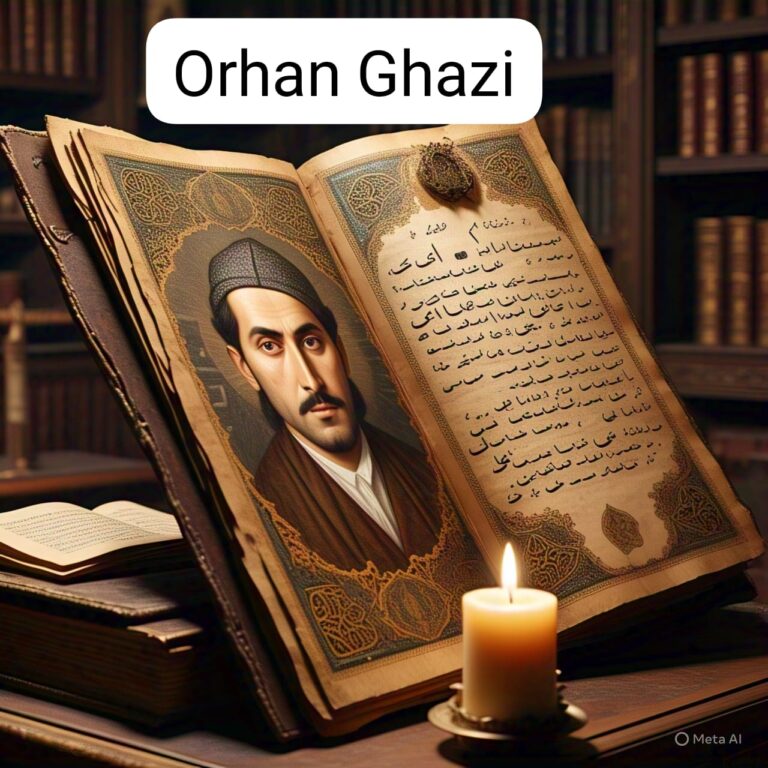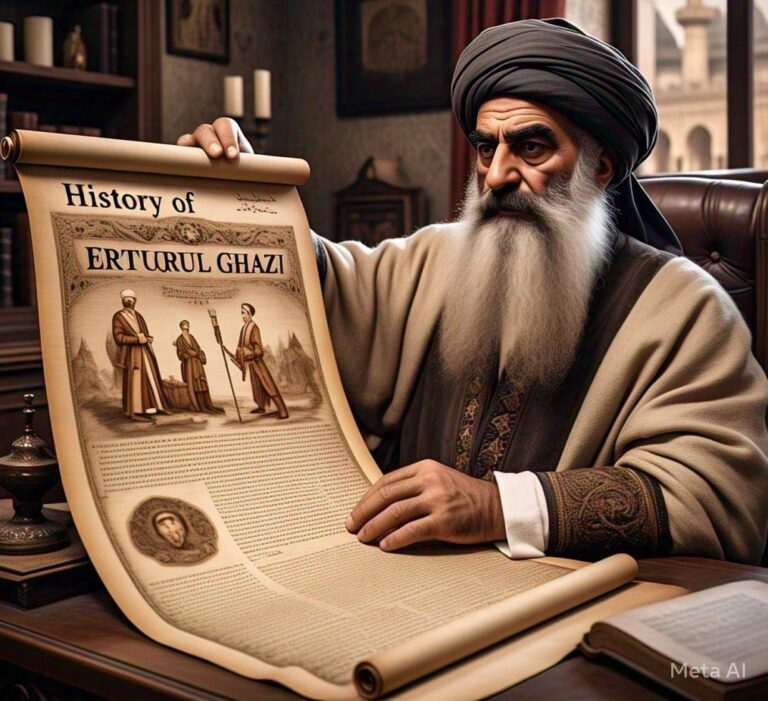History Of Mehmed the Conqueror
The Ottoman Sultan Who Changed History
Mehmed II, commonly known as Mehmed the Conqueror, was a renowned Ottoman Sultan who ruled from 1451 to 1481. Born on March 30, 1432, Mehmed ascended to the throne at the age of 19 and went on to become one of the most celebrated figures in Ottoman history.
Early Life and Ascension
Mehmed was born in Edirne, Ottoman Empire [modern-day Turkey], to Sultan Murad II and Huma Hatun. His early life was marked by turmoil, with his father abdicating the throne twice. Mehmed’s education and training prepared him for leadership, and he ascended to the throne in 1451. Mehmed’s mother, Huma Hatun, played a significant role in his early life and education.
The Conquest of Constantinople
Mehmed’s most notable achievement was the conquest of Constantinople, the capital of the Byzantine Empire, on May 29,1453. After a 53-day siege, Mehmed’s forces breached the city’s defenses, and Constantinople fell to the Ottomans. This historic event marked the end of the Byzantine Empire and cemented Mehmed’s reputation as a brilliant military strategist. The conquest of Constantinople had far-reaching consequences, including the expansion of Ottoman rule and the spread of Islam.
Military Campaigns and Reforms
Mehmed’s military campaigns extended Ottoman rule into the Balkans, Anatolia, and beyond. He conquered key cities, including Adrianople, Thessalonica, and Wallachia, and incorporated them into the Ottoman Empire. Mehmed reformed the Ottoman administrative and military systems, establishing a strong centralized government. He also patronized the arts and architecture, transforming Constantinople into a thriving cultural center.
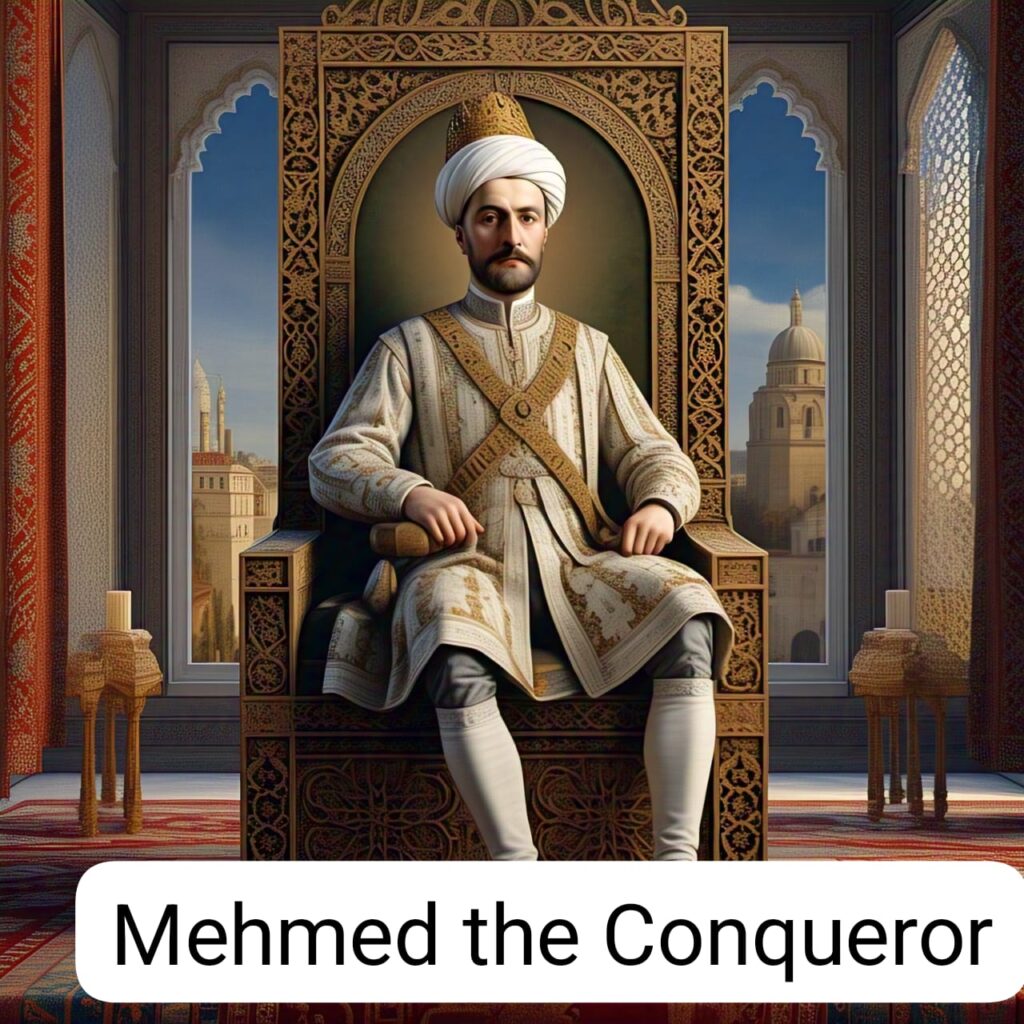
Administrative Reforms
Mehmed implemented significant administrative reforms, including..
1 . Centralized Government
Mehmed established a strong centralized government, with the Sultan as the ultimate authority.
2 . Administrative Divisions
He divided the empire into provinces [sanjaks] and districts [kazas], each governed by appointed officials.
3 . Legal Reforms
Mehmed codified Ottoman law, establishing a uniform system of justice.
Cultural Patronage
Mehmed was a patron of the arts and architecture. He commissioned numerous buildings, including..
1 . Topkapi Palace
Mehmed built the Topkapi palace, which became the primary residence of the Ottoman Sultans.
2 . Mosques and Madrasas
He commissioned several mosques and madrasas, including the Fatih Mosque in Constantinople.
3 . Art and Literature
Mehmed patronized Ottoman art and literature, encouraging the development of a distinct Ottoman culture.
Legacy
Mehmed the Conqueror’s legacy is profound and lasting. He transformed the Ottoman Empire into a major world power, leaving a lasting impact on politics, culture, and architecture. His conquest of Constantinople remains one of the most significant events in world history.
Conclusion
Mehmed the Conqueror’s life and achievements continue to inspire and achievement continue to inspire and fascinate people around the world. His military genius, administrative reforms, and cultural patronage have left a lasting legacy, making him one of the most celebrated figures in history.
Cultural Developments
1 . Islamic institution
Mehmed established mosques, madrasas, and Sufi lodges, transforming Constantinople into a center of Islamic learning and culture.
2 . Artistic patronage
Mehmed supported Ottoman art, literature, and music, encouraging the development of a distinct Ottoman culture.
3 . Cultural exchange
Constantinople became a hub for cultural exchange between East and West, with scholars, artists, and merchants interacting and influencing each other.
Architectural Developments
1 . Mosques
Mehmed commissioned the construction of several mosques, including the Fatih Mosque, which became a symbol of Ottoman power and architecture.
2 . Palaces
The Topkapi palace, built by Mehmed, served as the primary residence of the Ottoman sultans and a center of administration.
3 . Infrastructure
Mehmed invested in infrastructure development, including roads, bridges, and public buildings, to support the city’s growth and prosperity.
Mehmed II’s Death
Mehmed II passed away on May 3, 1481, near Gebze, Ottoman Empire. He was buried in the Fatih Mosque in Istanbul, a testament to his enduring legacy as the conqueror of Constantinople. Mehmed reign lasted nearly 30 years, during which he transformed the Ottoman Empire into a major world power.

